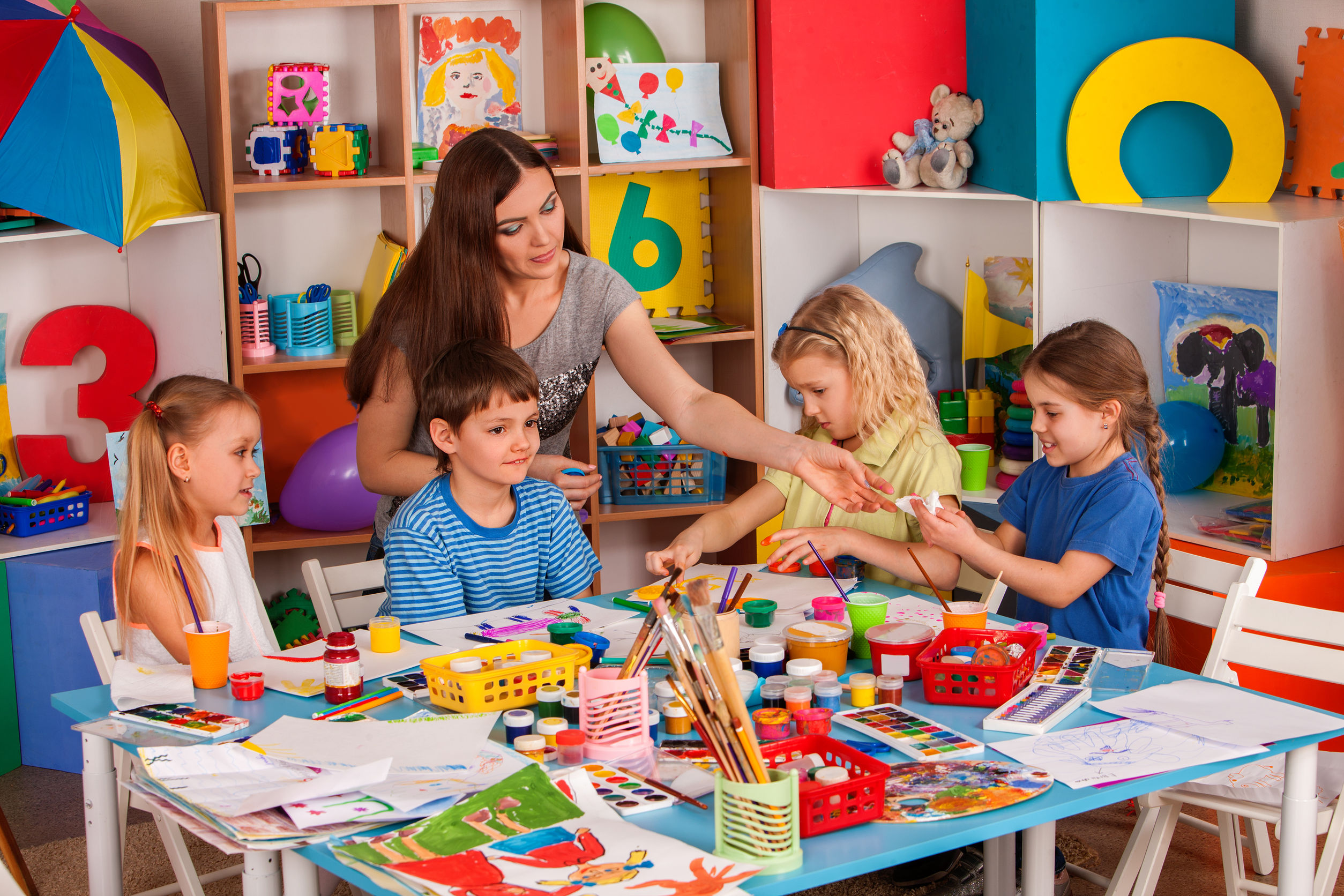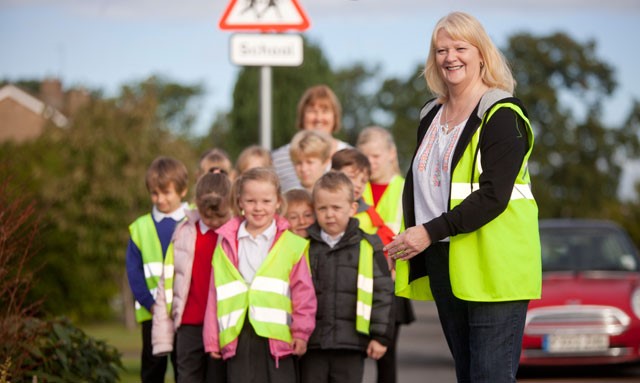COVID-19 is real; it has killed nearly half of the world’s population ever since it began. Being counted among the world’s deadliest pandemics, everyone should keep safe not to contract the virus. The kids are one of the most vulnerable sets of humans likely to be exposed to this virus, and that’s why it’s essential to ensure their safety when outside the home. When more kids are fully vaccinated, it means they are at a lower risk of getting severely sick from COVID-19.
They are making sure that all eligible children and adults get the COVID-19 vaccine. To help everyone in the school community stay healthy, the whole school community should ensure wearing a face mask, maintaining physical distance, washing hands and staying home when sick. These steps are even better when combined with good ventilation, screening, and contact tracing. It is important to note that The American Academy of Pediatrics recommends that all eligible children and adolescents five years of age and older receive the COVID-19 vaccine. Adults and children should get fully immunized as soon as possible.
⇒Join us on Telegram for more Sure and Accurate football-winning tips every day...click here
Even if your child has recovered from COVID-19 illness, they should get the vaccine. Everyone eligible should get the vaccine unless they have contraindications. Every government has a role in ensuring the implementation of these rules. Would you mind keeping reading to know some of the various ways of keeping your child safe as they return to school after the Covid-19 pandemic?
1. Wearing Face masks
Face masks are a simple, proven tool to help stop the spread of the virus to students unable to get the vaccine or to those who may have a condition that puts them at higher risk of getting sick even if they have been vaccinated. The use of face masks helps to cover the nose is one of the most vulnerable openings in the human body, and the virus can easily be contracted through airborne infection.
Fully vaccinated people can still become infected with COVID-19 and spread the virus to others. That is one reason why everyone over the age of 2 years should keep wearing a mask that covers the nose and mouth. The delta and delta plus COVID-19 variants circulating now are more contagious and may cause more severe illness. People who have gotten the COVID-19 vaccine are less likely to get sick or die from the variants. As a bonus, reusable face masks can help stop the spread of other infections like the common cold or the flu, or any other airborne disease.
The mask should fit well and be worn correctly and consistently. Even most children with medical conditions can safely and effectively wear face masks with practice, support, and role-modeling by adults. Talk with your pediatrician if you think your child has a medical or developmental condition that would limit mask use.
2. Maintaining a Physical distance
Every student in the school, including those who are fully vaccinated and those who haven’t, should remain at least 3 feet apart within classrooms when possible and in other required gatherings. This also helps in curbing down the spread of the virus. In general, CDC recommends people who are not fully vaccinated maintain a physical distance of at least 6 feet from other people who are not in their household. However, several studies from the 2020-2021 school year show low COVID-19 transmission levels among students in schools that had less than 6 feet of physical distance when the school used other prevention strategies, such as masks. When possible, schools should use outdoor spaces and unused spaces for meals to help with distancing. Activities like singing, band, and exercising, for example, are safest outdoors and spread out.

3. Testing
Screening testing helps in identifying infected people. It can be used to identify those without symptoms of the virus and people who may be contagious before they have symptoms. This can help slow the spread of the virus to others. Screening testing can be offered to students who have not been fully vaccinated and may be most valuable when there are higher levels of COVID-19 cases in the community. Screening testing can also offer added protection for schools that cannot provide optimal physical distance between their students. Screening testing should also be provided to all teachers and staff who have not been fully vaccinated. To be effective, the screening program should test at least once per week and rapidly (within 24 hours) report results. Diagnostic testing is recommended when someone has COVID-19 symptoms or recent known or suspected exposure to the virus.
4. Exposure
Children appear less likely than adults to have symptoms and severe illness from COVID-19. Even with physical distancing, masking, and vaccination, schools need to plan for exposures, especially with new virus variants circulating. If a student or staff member has close contact with someone known to be infected with SARS-CoV-2, they should quarantine as recommended by local public health officials unless they are fully vaccinated. Fully vaccinated people who have a known exposure to someone with suspected or confirmed COVID-19 should be tested 5 to 7 days after exposure, whether they have symptoms or not.
5. Extra care for students with health conditions:
If your child has any chronic, high-risk medical conditions, they may need extra accommodations to stay safe. Talk with your pediatrician and school staff (including school nurses) to explore options for safe in-person, blended, or remote learning to prevent the virus.
6. Taking care of Students with disabilities
The return to in-person school may have had a more significant impact on students with disabilities. Students may still have a hard time transitioning to in-school learning and miss instruction time. Or they may have had less access to school-based services such as occupational, physical, and speech-language therapy or mental health support counseling. Schools should review the needs of each child with an Individualized Education Program (IEP) and provide services even if virtual.
7. Immunizations and wellness exams
Your child needs to be up-to-date on their immunizations, including the flu vaccine, during the pandemic. Routine childhood and adolescent immunizations can be given with COVID-19 vaccines or days before or after the vaccine. Getting caught up will avoid outbreaks of other illnesses that threaten to keep your kids at home more than the required time.
8. Offering behavioral health and emotional support to the child:
More than 140,000 children have experienced the death of a primary or secondary caregiver during the COVID-19 pandemic, with children of color disproportionately impacted.
Your child’s school should be prepared to support a wide range of mental health needs during the pandemic. This includes recognizing signs of anxiety or distress in the child. Students may be grieving loved ones lost to COVID-19 or feeling the stress of lost family income. Schools also can help students with suicidal thoughts or behavior get needed support. The personal impact of the pandemic on school teachers and staff also should be recognized as mental health is more important.
9. Organized activities
Sporting events, practices, and other extracurricular activities may be limited in many areas. In schools that do offer sports and other physical activities, special safety steps should be considered
10. Nutrition
This is another factor to consider in keeping the kids safe. Giving them good food helps in building their immune system. Doing so can help in fighting away some of the diseases which they might encounter outside.
Conclusion
Families, schools, individuals, and communities must work together to help ensure that the children can safely remain physically together in school, where they need to be. This includes ensuring everyone eligible gets the COVID-19 vaccine, influenza vaccine, and other routine childhood and adolescent vaccines.
The school community should also make wearing a face mask a compulsory law and ensure that children stay at home when they are sick. Everyone needs to play their part to keep others safe around us. When everyone does their part, the whole community wins.




